How and how to feed honeysuckle in spring?

Honeysuckle is a fruit bush with juicy and tasty berries. Fruits fell in love not only for their gastronomic qualities, but also for their composition, rich in useful microelements and vitamins. And also the plant is used for decoration of the local area. To get a rich harvest, you need to properly care for the crop. The article will discuss what and how to feed honeysuckle in the spring.


Features of feeding
Honeysuckle is an unpretentious plant, but it requires compliance with certain rules of agricultural technology. Spring feeding is necessarily included in the care process so that the culture bears fruit abundantly. Without the use of fertilizers, the yield will decrease significantly, and the taste of the berries will not be saturated enough.
The root system of shrubs is long, but it is located in the upper layers of the soil, not sinking deep into the ground. Immediately after planting, the plant begins to quickly absorb useful components from the soil. Experienced gardeners recommend feeding the berry plantation at least 3 times from early spring to mid-summer.
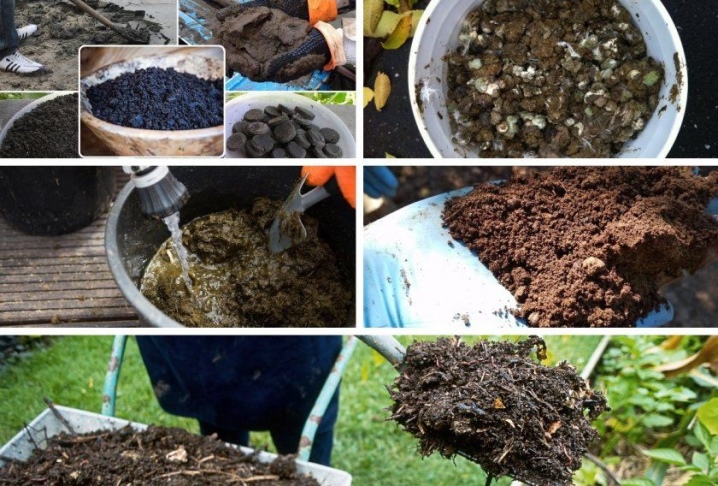
When introducing nutrients, it is necessary to take into account the characteristics of each feeding and their main purpose:
-
the first portion of fertilizers is aimed at making the honeysuckle recover faster after wintering and begin to build up fresh plant mass;
-
the next time feeding is used in order to improve the quality of flowering and increase the number of fruit ovaries;
-
for the third time, nutrients are introduced into the soil in late spring or early June, while using substances that will help the berries become more juicy, large and fragrant.

It is possible to completely abandon fertilizers only in the first year after transplanting shrubs to a permanent site. During this period, the plants will feed on those substances that were laid in the planting pit. Further in the development process, you need to regularly make additional fertilizing.
Most newcomers to the gardening industry make the same mistake - using too much fertilizer. An excess of nutrition will be more detrimental to plants, whose deficiency.
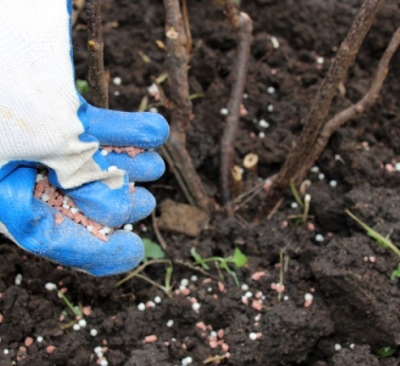
Required fertilizers
To feed honeysuckle in the spring for a good harvest, you need to prepare balanced compositions or organic matter in advance. Fertilize both garden (edible) and decorative honeysuckle.
Mineral
Preparations with a rich content of minerals are actively used by gardeners to increase the yield. Such compositions are saturated with micro- and macroelements: potassium, phosphorus and nitrogen. Each of the components has a specific effect on the plant. Some substances will help to form a dense green mass, others are used to make the berries tasty and attractive.
Fruit crops quickly absorb and assimilate such fertilizing, so they do not remain in the soil for long.

Such fertilizers are used regularly so that the plants do not lack nutrition.
Mineral dressings are obtained in production by means of certain chemical reactions. You can find a suitable composition in any garden store. Experienced gardeners have compiled a list of fertilizers suitable for feeding honeysuckle.
The first component that is used to make the culture develop rapidly is ammonium nitrate. It contains approximately 43% nitrogen mixed with chalk.It also contains phosphoric gypsum and limestone. The last component is added to the soil to reduce its acidity. Saltpeter can be used both dry and liquid. The substance dissolves quickly in water.


The recommended dose is 15 grams per square meter of area. For foliar top dressing, 5 grams of saltpeter is dissolved in 10 liters of settled water.
The second popular substance is urea or carbamide. Half of the composition is nitrogen (46%). Plants are fed with urea if they grow poorly and do not gain a sufficiently dense plant mass. Urea is used in dry or liquid form. The dosage is 15 grams per square meter. When this component is dissolved in 10 liters of water, 20 grams are used.


Ammonium chloride, also known as ammonium chloride, consists of nitrogen (25%) and chlorine (67%). The main feature of this drug is soil acidification. Therefore, ammonia is not fertilized in soil with a high acidity index, and when it is introduced into the soil, lime is added. Its amount should be 1.3 times the mass of ammonium. This substance is often used for large yields, as it is quickly absorbed by the plant.

Ammonium sulfate contains approximately 22% nitrogen and 18% sulfur. Before adding it is diluted in water, and when it gets on the upper layers of the soil, it is quickly absorbed. In order for the nutritious top dressing to remain in the ground as long as possible, it must be mixed with crushed limestone or chalk. The proportions are 1 to 1. Additional components are used to avoid making the soil too acidic. The consumption of ammonium sulfate per 1 square meter is 25 grams.

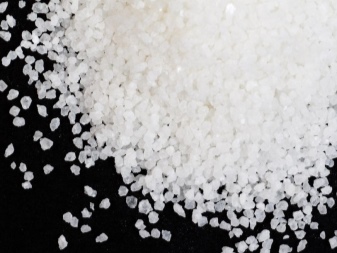
Mineral supplements rich in phosphorus deserve special attention. This element is able to retain moisture in the soil layers, and also contributes to the formation of the crop. Several types of phosphorus supplements are suitable for honeysuckle.
Superphosphate is applied to the surface by sprinkling it on the garden plot. The recommended consumption is approximately 50 grams per square meter of territory. The phosphorus content is 20% of the total.
And also gardeners opt for double superphosphate. The amount of the main component in the composition has almost doubled and is 43%. Such a drug is considered more economical, since it is devoid of third-party impurities in the composition.
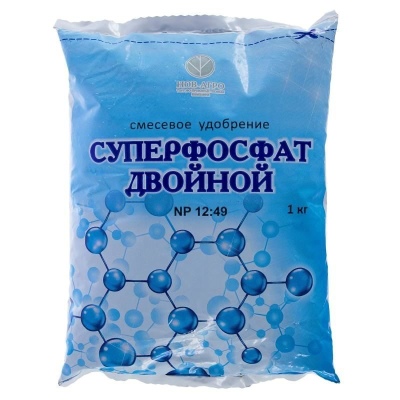
The last component is phosphate rock with 20% phosphorus and 65% calcium in the composition. It is recommended to use it when processing soil with high acidity. Enough 30 grams of flour to process a square meter of the site. The use of this substance will strengthen the immune system of the plant, increase the resistance of honeysuckle to a decrease in temperature and protect it from dangerous insects.

A solution of ammonium nitrate can be sprayed on the leaves and branches of the plant. To prepare the solution, it is enough to dissolve 5 grams of top dressing in 10 liters of pure water.
Complex organic
Organic substances demonstrate high efficiency in the cultivation of fruit plants. In practice, it has been proven that they last longer than mineral compounds, because it takes a long time to extract useful elements from them.
Another reason why such fertilizers have become widespread is economy. Fertilizers are inexpensive and easy to obtain. Many feedings of this type can be prepared on your own.

Some summer residents use mullein, or manure. It has long been used for growing fruit crops. It contains a lot of nitrogen, which gradually enters the soil and feeds the plants regularly. Fresh manure will not work, only thoroughly rotted. Fresh mullein negatively affects the root system, leaving burns on it. The component is added during digging.
In the spring, organic matter is dissolved in water in a ratio of 1 to 6. The finished fertilizer is applied gently under the root, pouring it into the recesses around the bush.

The next component is compost. You can prepare it yourself from household waste, plant residues, peat and soil. All ingredients are thoroughly mixed and left to soak. The compost is prepared in earthen pits. It needs to be moistened and stirred periodically. It is best to add compost while digging, or use it as mulch. It will help retain moisture in the soil during hot weather.
For decorative or fruit honeysuckle, liquid fertilizers with the addition of humus are great. Before using the solution, it must be infused for several days.
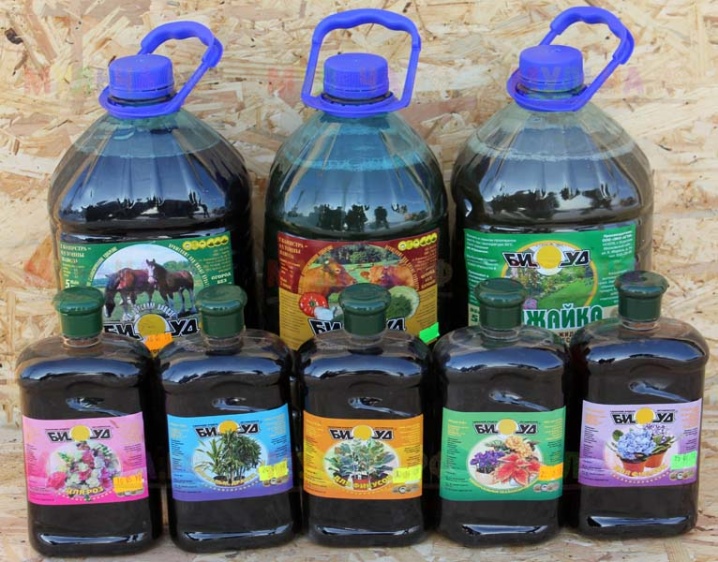
An excellent result is demonstrated by feeding with ash with a high content of calcium and potassium. Most gardeners choose this option due to the additional function of disease prevention and protection from harmful insects. The amount of calcium or potassium in the composition depends on the wood from which the ash was prepared.
The easiest way to use fertilizer is to scatter dry ash on the surface of the earth during the loosening process. It can also be used to prepare a solution. It is poured under the root, or sprinkled with branches. It is not difficult to prepare the composition: 300 grams of ash are dissolved in 10 liters of water.

The resulting solution is left to infuse for 2-3 days, and then filtered. During irrigation, no more than 5 liters of top dressing are consumed per shrub.
With the onset of spring, some gardeners use chicken droppings for feeding. It also boasts a high content of nitrogen and other components necessary for the full development of plants.
Organic components, although they look safer compared to commercial formulations, but when they are introduced, you must strictly adhere to the established dosage. Otherwise, the shrubs can not only suffer greatly, but even die.
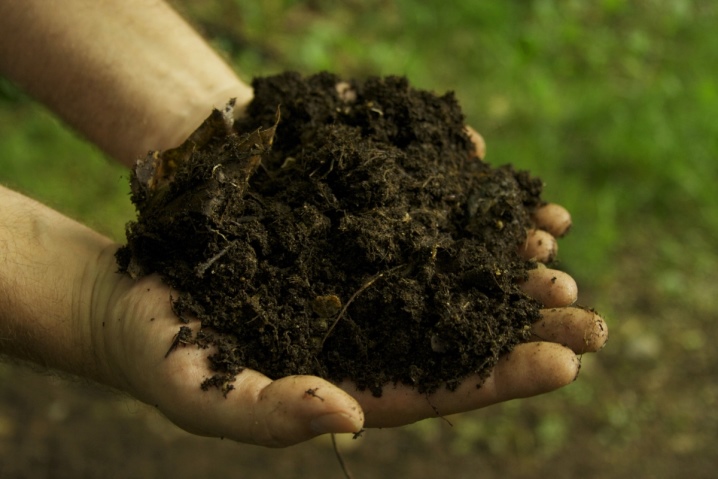
During the procedure for digging the earth with the addition of organic fertilizers, it is necessary to take into account the close location of the roots. If you go deep into the ground, they can be damaged, and direct contact with organic matter will leave serious burns on them.
Popular recipes based on organic components (yeast, herbs, and much more) have also become widespread.

Terms and technology of application
There are two main ways to fertilize honeysuckle. Berry bushes are fed by foliar or root method. Each of the options has certain features. A correctly chosen method will have a positive effect on the condition of the plant and its fruiting. A competent combination of basic fertilizers and additional fertilizing will provide constant nutrition throughout the growing season.

The following factors affect the effectiveness of the chosen method:
-
soil moisture;
-
fertility;
-
features of the fruit crop;
-
fertilizer form;
-
method of growing plants.
For this reason, it is impossible to say with certainty which of the options is considered the most effective and practical.

Root feeding is the introduction of nutrients into the soil or superficially, without getting on the shoots and leaves of the plant. Gardeners use both dry and liquid fertilizers. By choosing foliar administration, fertilizers are absorbed through the foliage. In this way, various micro and macro elements are most often added. Experienced gardeners are able to determine the lack of one or another component by the appearance of the bush.
A universal fertilization scheme for growing honeysuckle has been developed. When drawing up a schedule, it is imperative to take into account the vegetative processes that each plant undergoes.

In the month of April and until about mid-May, the first feeding is performed. During this period, honeysuckle begins to actively form plant mass, buds are also laid, which will eventually turn into sweet berries. Before flowering, drugs and substances rich in nitrogen are used.It is this component that is needed to build lush and vibrant foliage. At other stages of growth, this component is practically not used, since the plant will begin to form leaves, and not berries.

The second fertilization period is late spring and early summer. Nutrients are introduced during active flowering and ovary formation. In this case, gardeners choose phosphorus compounds. When growing ornamental varieties, it is not necessary to use phosphorus fertilizers, since the formation of a rich harvest is not the main goal of such honeysuckle.
For the third time, the plants are fertilized closer to autumn, so we do not consider this moment.

Of course, all the indicated dates will be shifted depending on the climatic conditions in each region. For example, in the south, fruits ripen earlier than in the Moscow region and in other nearby areas. And also you need to take into account the weather outside the window.
Fertilizers can be used as needed. Some gardeners introduce recharge in early spring, after winter, so that the plants wake up from hibernation faster and return to normal. If there is a deficiency of any substance, you can re-fertilize the shrubs.

Useful Tips
For top dressing to be as effective as possible, you should heed the advice of seasoned gardeners. They will be especially useful for beginners who have not previously encountered the cultivation of honeysuckle.
Fruit crops need to be regularly cared for throughout the growing season. Just apply a portion of fertilizer in the spring, and you won't be able to postpone adherence to agricultural practices until the fall. In the absence of care, you should not count on a rich harvest.

In order for the earth to be better saturated with useful substances, it is necessary to periodically loosen the earth. As soon as a dry crust appears on the surface of the soil, watering is immediately carried out.
Too dry soil does not allow oxygen to pass through, which the roots of shrubs need. With a lack of irrigation, honeysuckle will not grow well even with sufficient fertilization.
The land around the bushes must be covered with mulch immediately after applying the spring dressings. The mulch layer should be dense enough to cope with all the tasks. Mulch fertilizes the soil, delays moisture evaporation, prevents weeds from growing and protects against pests. Organic mulch decomposes slowly and gradually nourishes the plant through the ground.
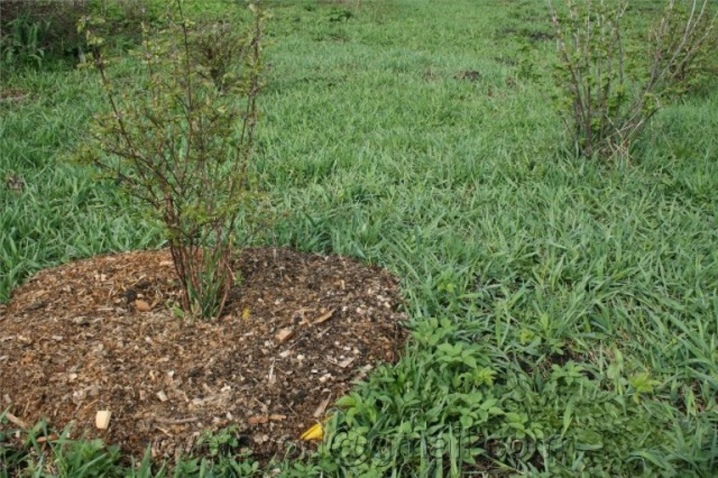
Near the honeysuckle, you can plant green manure plants, for example, clover or peas. They will be an additional nourishment for the shrubs. Such plants are planted after picking berries or in early spring. As soon as the green manure is sufficiently germinated, it is cut off and buried in the ground. They will have time to decompose during the current season.
Don't forget about regular sanitary pruning, which is done in the spring. In order for top dressing to be as effective as possible, you need to get rid of dry, damaged and diseased branches in time. And also deformed shoots take useful trace elements from honeysuckle.


Consider the following tips:
-
when applying fertilizers, the deadlines should be strictly observed;
-
before using fertilizers and after this procedure, you need to water the shrubs with water, this will help dry dressings to reach the root system;
-
you need to dig up the top layer of the earth as often as possible;
-
when buying ready-made fertilizers, it is imperative to check the expiration date.













The comment was sent successfully.